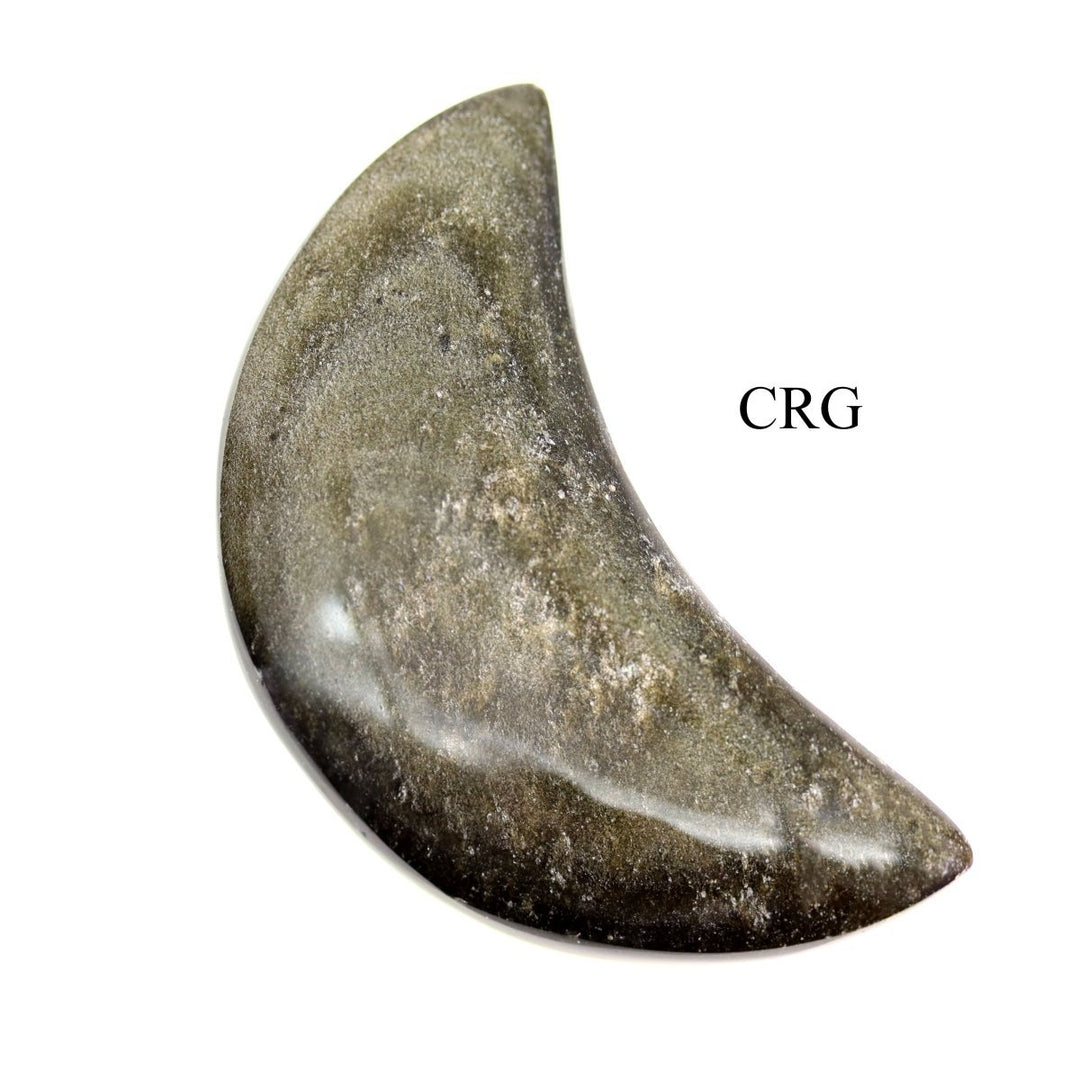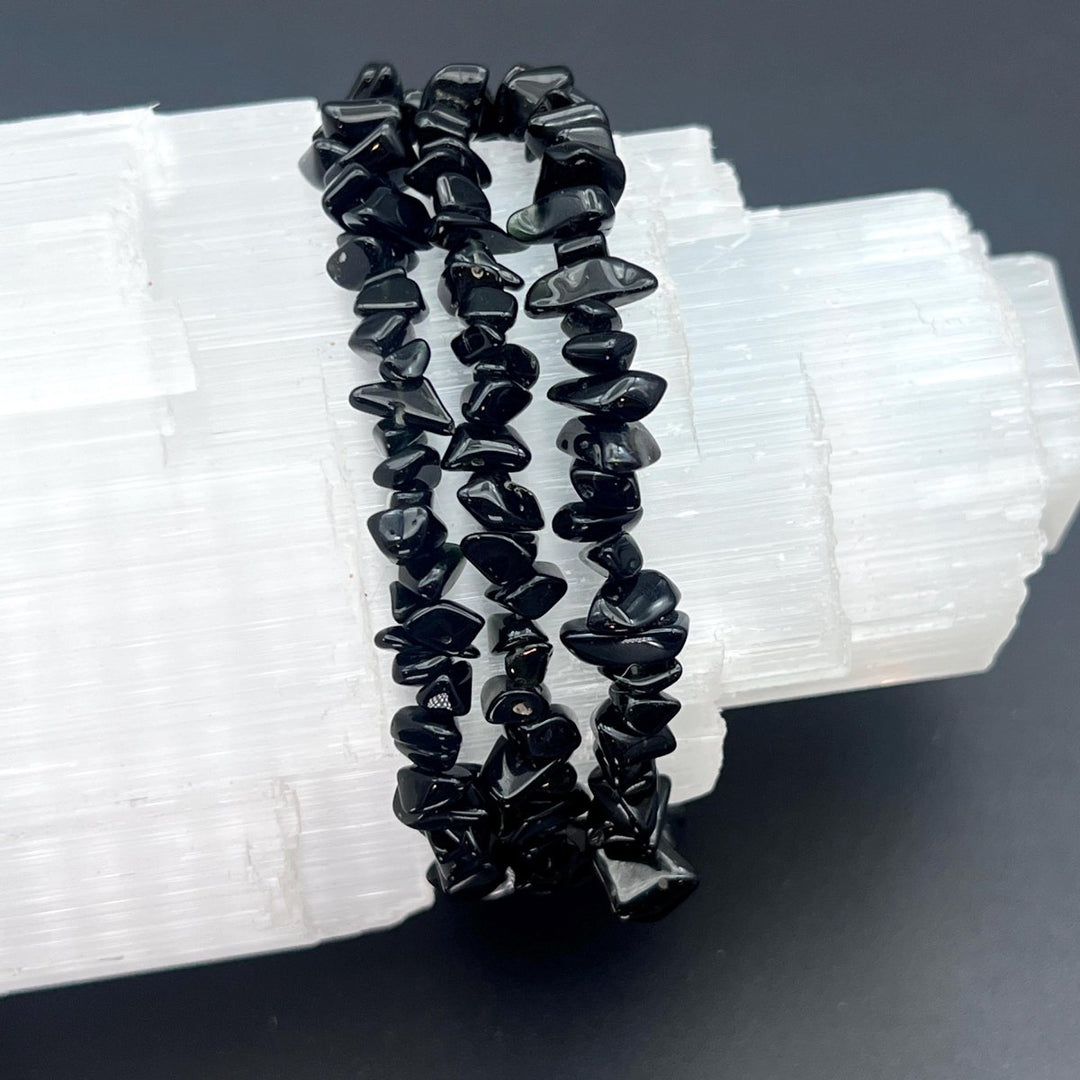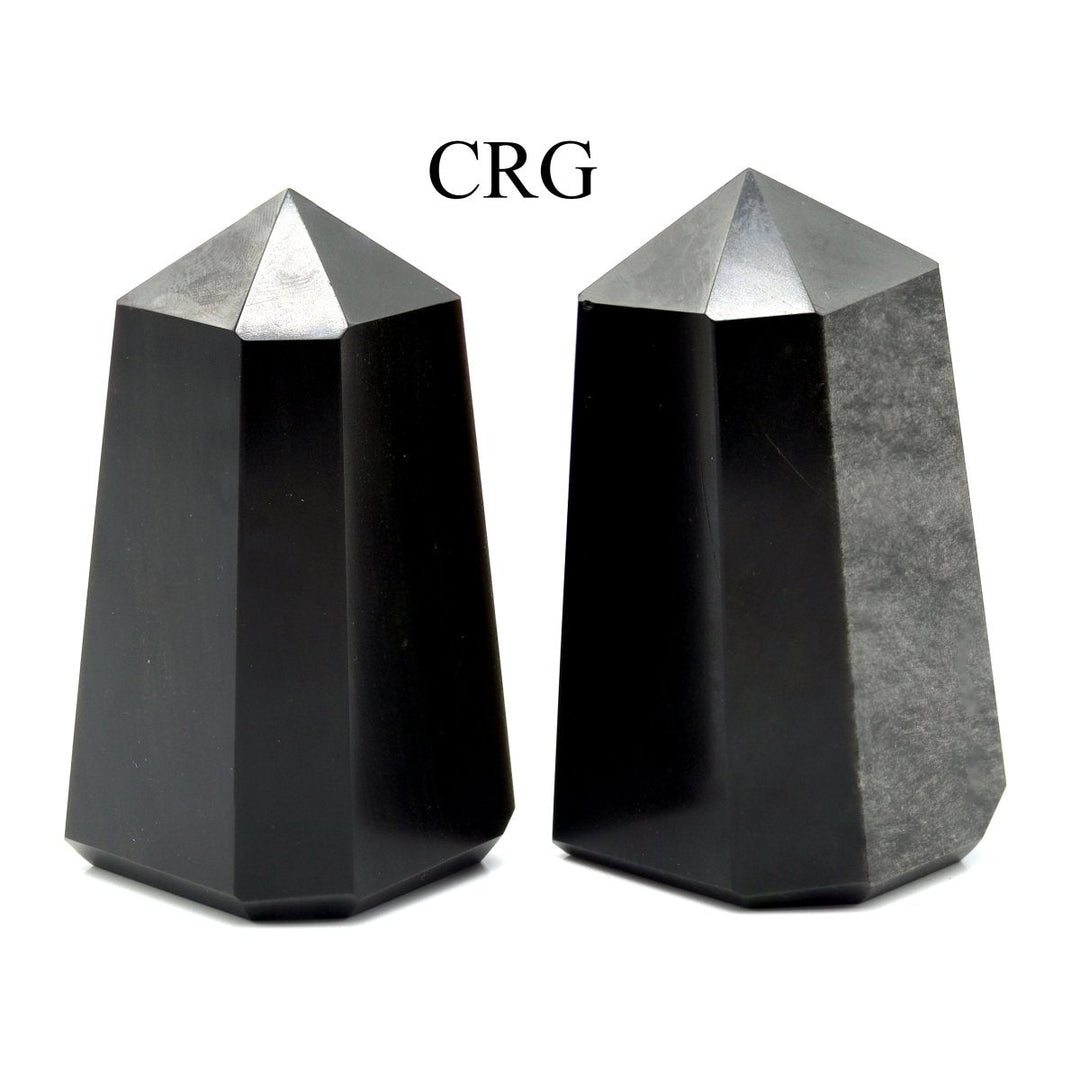
Obsidian
Obsidian is primarily composed of silicon dioxide (SiO₂), similar to quartz, but with a higher proportion of various other elements like aluminum, iron, and magnesium, depending on the specific lava flow from which it originated. Obsidian forms when felsic lava extruded from a volcano cools very rapidly, with minimal growth of mineral crystals. The rapid cooling (quenching) results in a natural glass with a smooth, uniform texture. Obsidian is usually black but can range in color based on impurities; it can be brown, tan, green, or even rare shades like red, blue, orange, and yellow. It has a vitreous luster and a conchoidal fracture, which means it breaks into pieces with curved surfaces, making it very sharp at the edges. This property has historically made obsidian a popular material for making cutting tools and weapons. In ancient times, obsidian was highly prized for making sharp blades, arrowheads, and tools. Today, it is used decoratively in jewelry and ornamental objects and is also used in some surgical scalpels because its edge can be incredibly sharp and smooth. Significant deposits of obsidian can be found in various parts of the world where volcanic activity occurs. Some notable sources include the volcanic regions of Iceland, Italy, and the United States (particularly in states like Oregon, California, and Idaho), as well as Mexico, where it was extensively used by pre-Columbian civilizations.























































